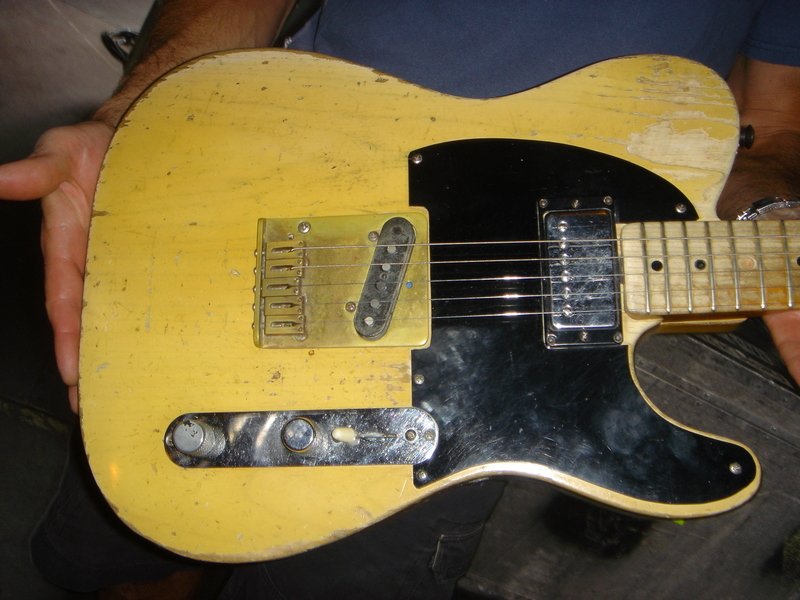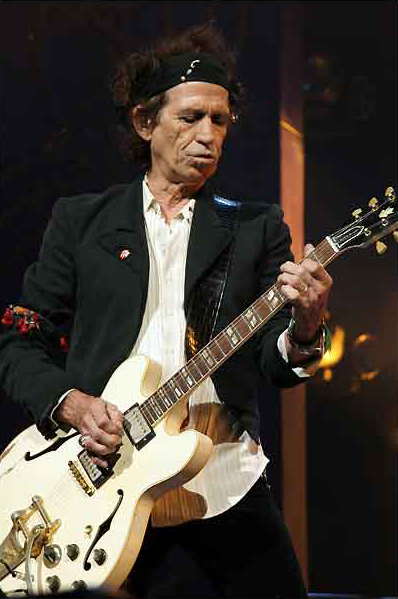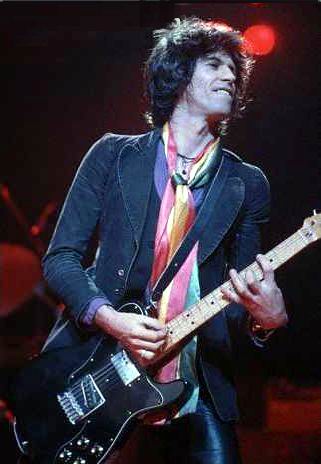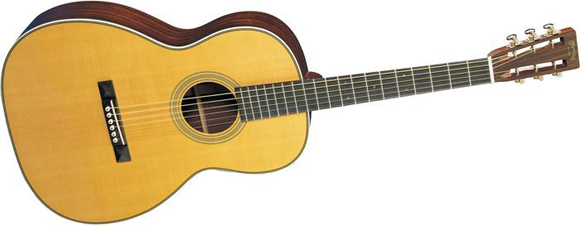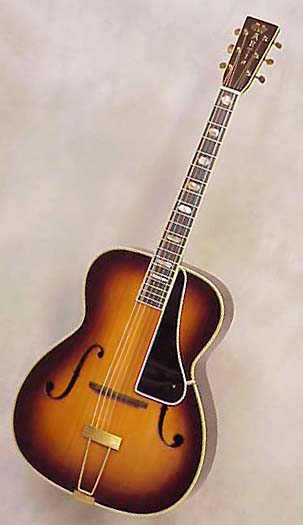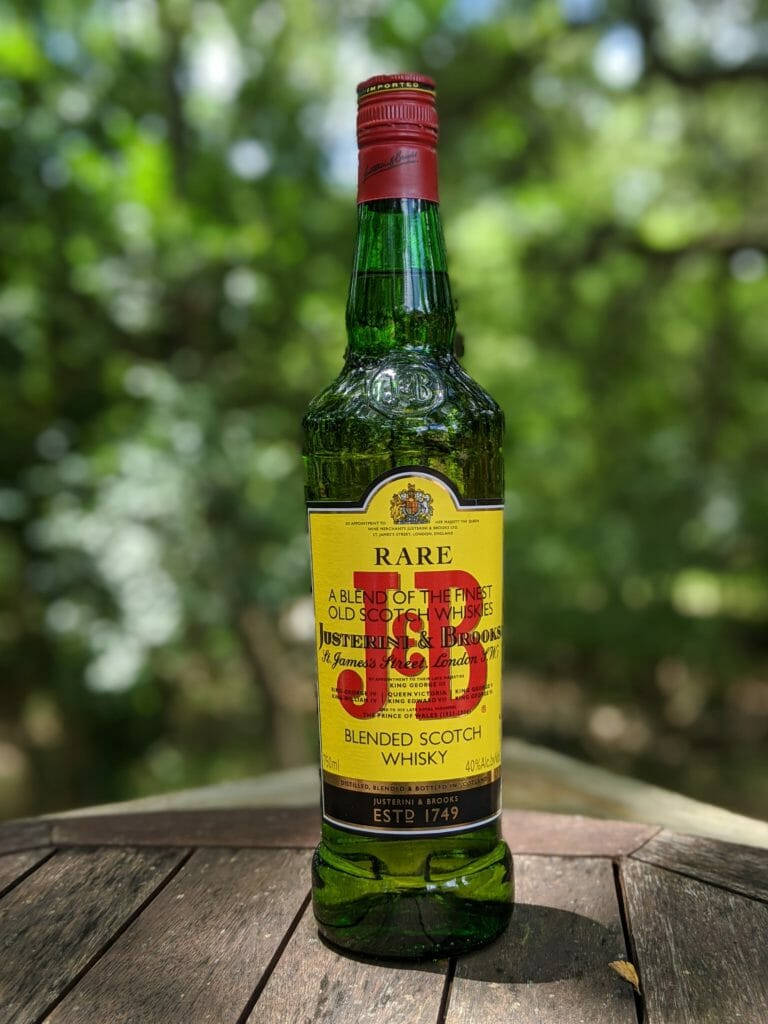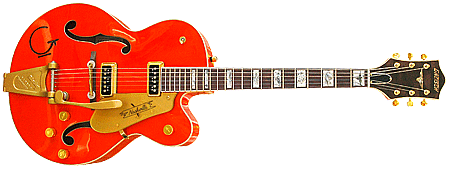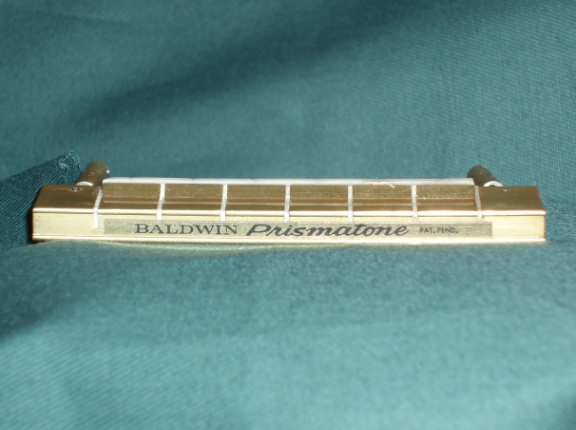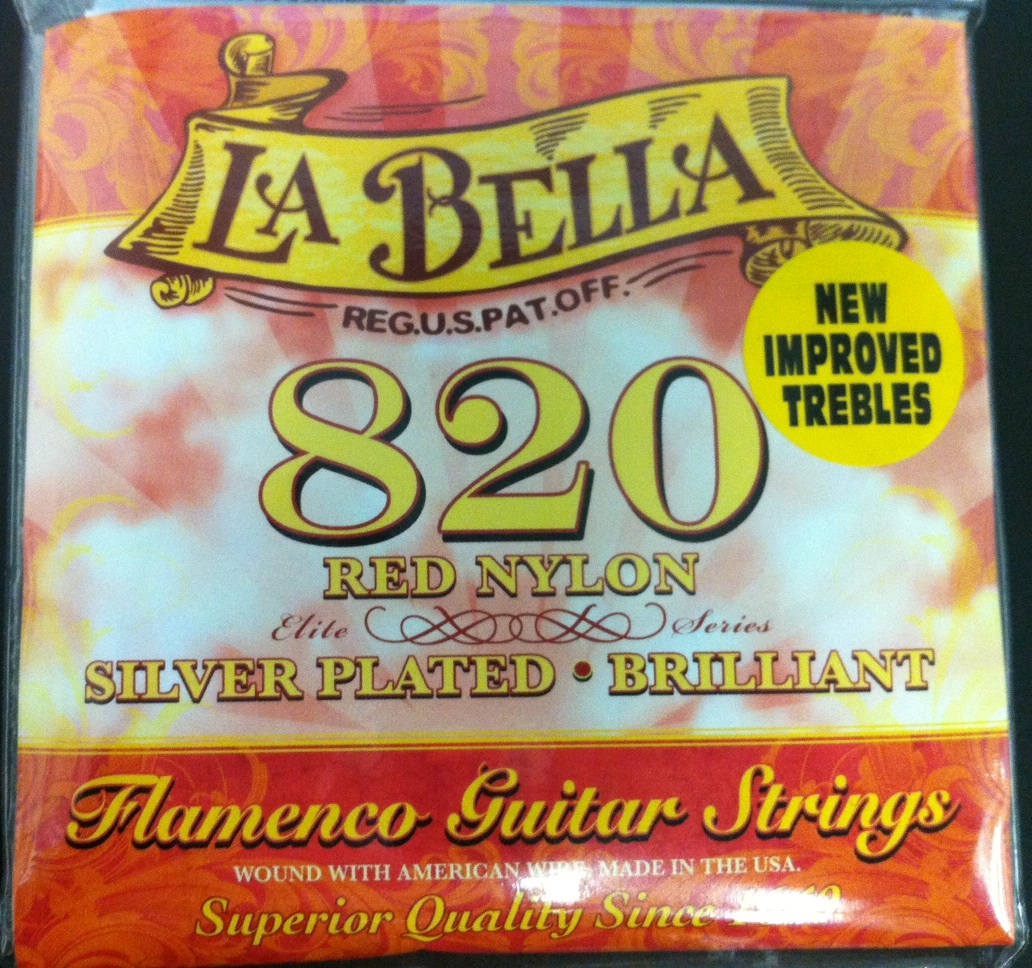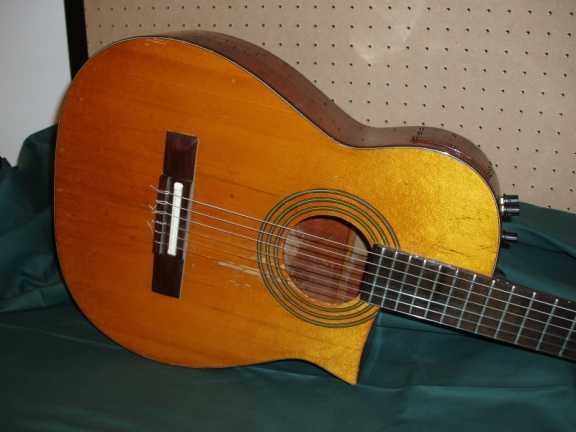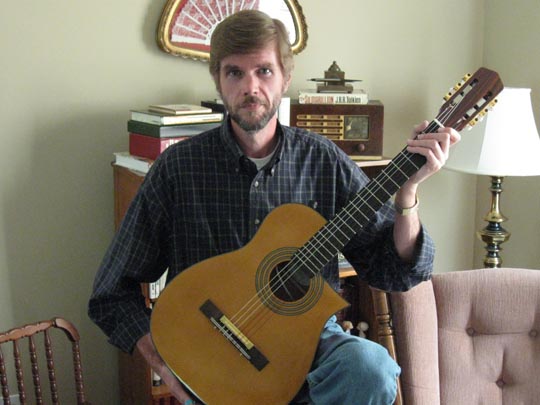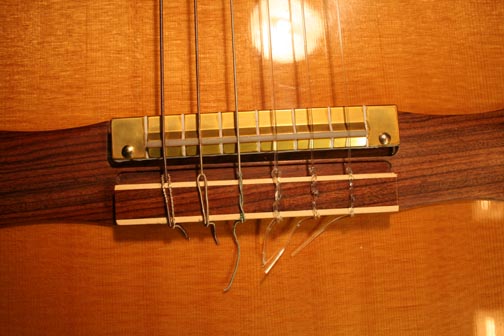Years of alcohol and drug abuse have not helped his aging process. But this does not discount the fact of Keith’s accomplishments.
 |
| 1965 Shindig Show |
The Stones admired these old Blues-men and recorded their songs.
It was Brian Jones that put the group together. In the early days, he determined their musical path. Sadly he was fired from the group and tragically died soon afterward.
I remember seeing the Rolling Stones on several old television shows including Ed Sullivan, Shindig and Hullabaloo. Back in those early days Keith can be seen playing some very different guitars which included Epiphones.
Like other British Invasion bands their choice of instruments was based on the availability in the UK. In those years following World War II the tariffs on imported products, including guitars was very high.
The earliest photos I recall show Keith playing a Harmony single cutaway model and a Framus guitar.
After the Rolling Stone garnered some fame, Keith can also be seen on a TV show picture playing a 1959 Gibson Les Paul with a Bigsby Vibrato.
Those days are long gone and it is rumored that Keith Richards has amassed a collection of nearly 3,000 instruments.
 |
| Pierre De Beauport |
Micawber is named after a Charles Dickens character. This is a 1953 blonde Fender Telecaster and a very unique guitar. Keith has it set up with only five strings. He tunes this guitar to G-B-D-B-D (low to high) and never uses a capo on it.
The guitar bares a lot of battle scars. You can see the plastic Tele selector switch cap has been replace with a plastic cap off of a Stratocaster.
This guitar sports a full sized humbucker in the neck position that has the pole pieces away from the neck. The bridge pickup is a Tele pickup with the pole piece removed that would go under the sixth string. The bridge plate and saddle appear to be made of brass. There are only five bridge saddles on Keith’s guitar. However there are six tuning pegs and they do not look like the original Klusons. The neck is maple.
Keith usually plays only the top five strings. Ernie Ball has even made a special Keith Richards string set that is .011 to .042 guage nickel wound strings, that contains an unwound 3rd string.
His back-up Telecaster is named Malcolm. It is a1954 model that is set up in a similar manner to Keith number one go-to guitar. This guitar is also kept in open G tuning.
Keith also plays a 1966 sunburst Fender Telecaster that he has named Sonny, because of its sunburst finish. This guitar is set up in the same manner as the others and is likewise kept in open G tuning.
Keith also owns and plays a 1957 double cutaway Les Paul TV model, that of course came with the original butterscotch finish (to show up on black and white TV and not cause the glare associated with a white guitar). It has a single bridge PAF pickup and is kept in standard tuning, but is capo’d at the 7th fret.
Keith’s 1964 white stereo Gibson ES-345 and is called Dwight. The story goes that Keith also had a black Gibson ES-355 and his guitar tech referred to this guitar as “the white one”, which got run together as “d’white one” or Dwight One which got shortened to Dwight. It is kept in standard tuning and uses all six strings. It has a Bigsby vibrato unit.
The 1959 ES-355 does not have a name. It also has a Bigsby vibrato and is kept in standard tuning. It is a monaural guitar. It is black, but based on another photograph it may have been red at one time.
Keith also owns and plays a black 1975 Telecaster Custom with the original Fender humbucker in the neck position and the stock Telecaster bridge pickup. This is the model with volume and tone controls for each pickup and a bullet truss rod.
Keith also owns and plays a gorgeous 1957 Mary Kay blonde Stratocaster with gold hardware. This guitar is kept in standard tuning.
Keith had an original Zemaitis guitar that was stolen in the late 1970’s. He has since replaced this with a new Zemaitis guitar that has one humbucker in the bridge position.
The guitar appears to have a mahogany body and has mother-of-pearl inlays of a pistol and dagger, a skull and a mask (cannot tell if it is Batman or the mask of comedy). The bridge has inlays on either side that look sort of like an old fashion mustache.
The original Zemaitis had skull and cross-bone designs engraved on it. The original Zemaitis came with the usual engrave metal body covering.
Keith was also given a newer model Ampeg Lucite guitar by Ted Kornblum. Ted was the president of St. Louis Music. His company owned the Ampeg name and built and marketed new Ampeg amplifiers.
Going back to 1966, Keith owned four black Les Paul Custom guitars, often known as Black Beauties. These were the 3 pickup models. The first was stolen in 1967. He went out and bought another at a London Music shop. He and girlfriend Anita Pallenberg painted that one. It is now owned by a U.K. collector.
He bought two more Les Paul Customs in 1969 for a Stones tour. He kept one in standard tuning and the other in G tuning for Jumpin' Jack Flash. These were both stolen in 1971.
He also owned some Gibson Hummingbird guitars. He played these at home or in hotel rooms on tour. These were songwriting guitars.
Keith travels with two acoustic guitars. One is a 1964 Martin that appears to be a 00-21s with a spruce top and rosewood back and sides. It has a slotted headstock, with the neck joining the body at the 12th fret.
The other is a custom made 2006 Guild ten string guitar that is fitted with what appears to be a Fishman sound hole pickup.
Keith prefers vintage Fender Twin amplifiers. In fact he owns and plays through one of the original Twins that has the serial number 00003. He plays through two Twins at a time. He also uses an old Oahu amplifier.
As an interesting side-note Keith created the sound heard on Street Fighting Man and Jumpin’ Jack Flash by putting down successive layer of acoustic guitar filtered through a portable cassette tape player.
Here is Keith playing a Music Man guitar.






